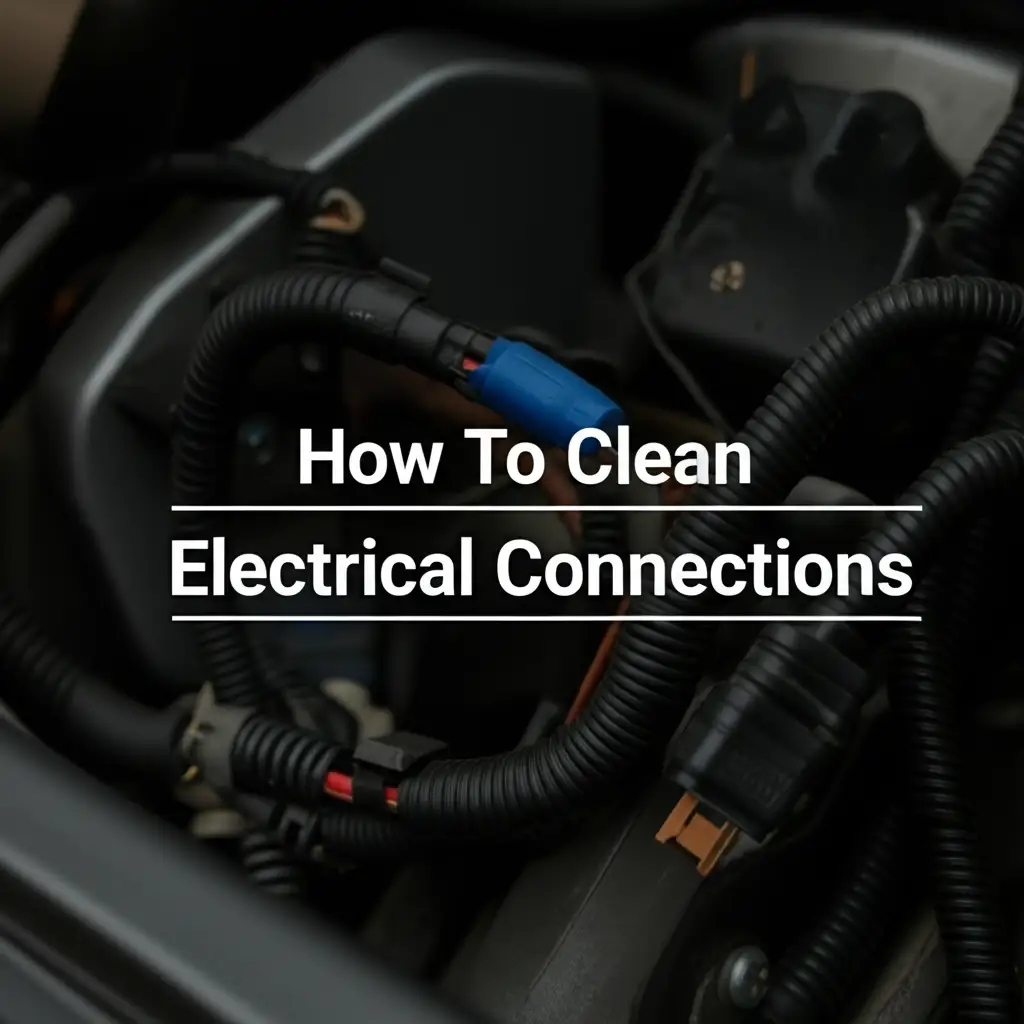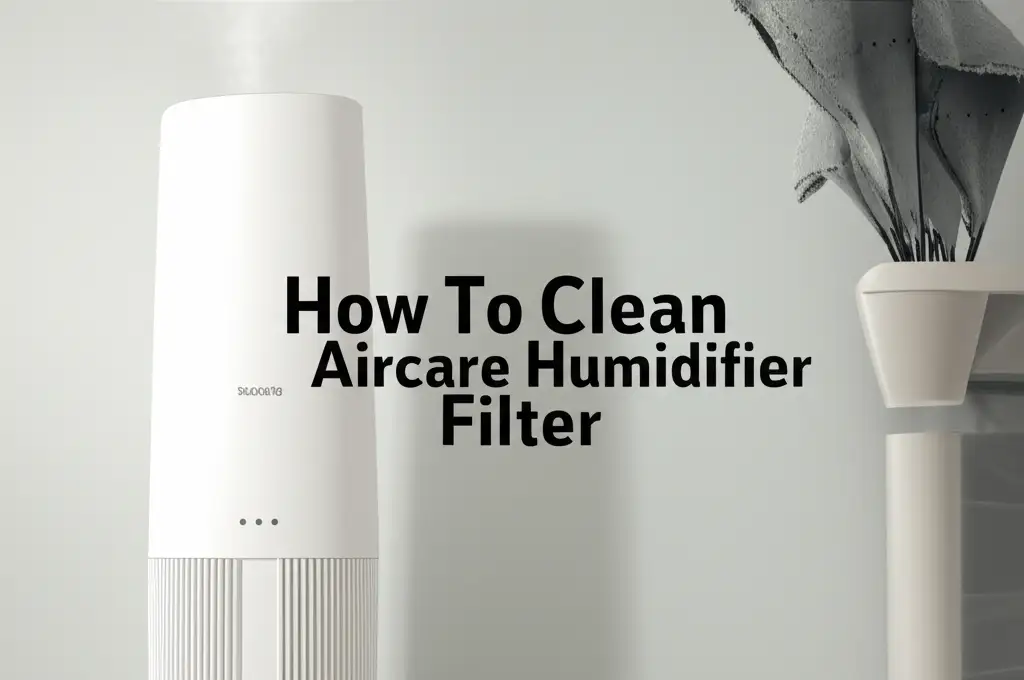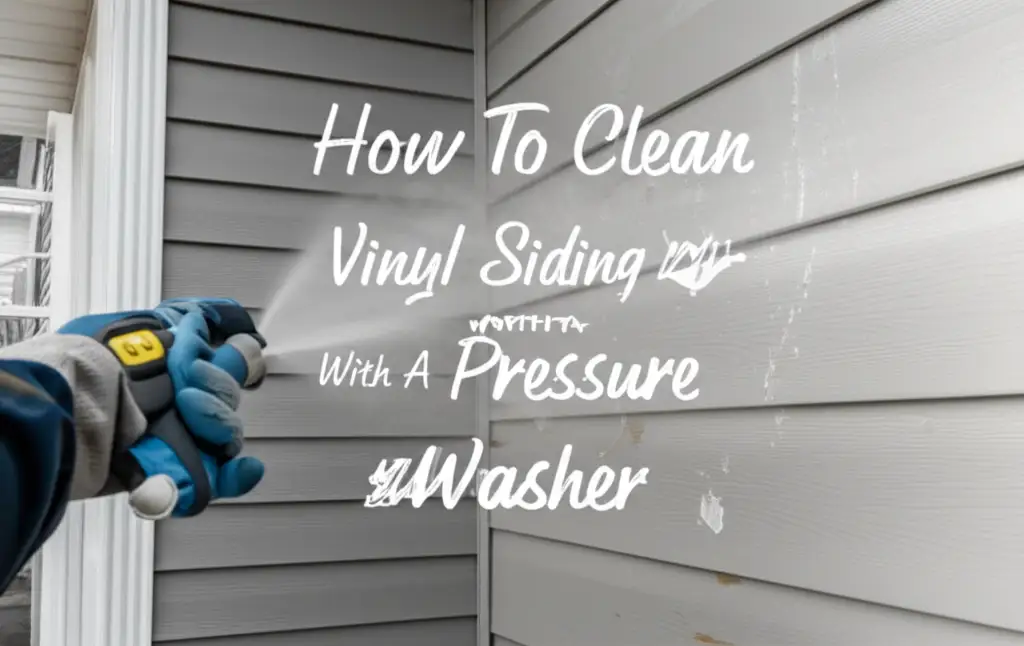· Home Maintenance · 17 min read
How To Clean Electrical Connections

How To Clean Electrical Connections: A Complete Guide
Have you ever noticed your car struggling to start, or an electronic device acting strangely? Often, the culprit is not a faulty component, but simply dirty electrical connections. I have seen this issue many times, and it is surprising how often a simple cleaning solves it. Poor electrical contact can cause a lot of headaches, from flickering lights to complete system failures.
Learning how to clean electrical connections properly is a valuable skill. It saves money on repairs and extends the life of your devices. This guide will walk you through the entire process, covering why cleaning is important, the tools you need, and step-by-step instructions for various types of connections. We will also discuss safety measures and preventative maintenance. By the end, you will be confident in restoring your electrical systems.
Takeaway
- Safety First: Always disconnect power before working on electrical connections.
- Identify Corrosion: Look for green, white, or fuzzy deposits on terminals.
- Choose Proper Tools: Use specific brushes, cleaners, and protective gear.
- Clean Thoroughly: Remove all corrosion and debris for optimal conductivity.
- Protect After Cleaning: Apply dielectric grease to prevent future issues.
To clean electrical connections, safely disconnect power, inspect for corrosion or dirt, and then use appropriate tools like wire brushes, fine-grit sandpaper, and electrical contact cleaner to remove deposits. After cleaning, apply a protective compound like dielectric grease to prevent future oxidation and ensure good conductivity.
Why Clean Electrical Connections? Understanding the Impact of Corrosion
Electrical connections are vital for current flow. They link wires and components. Over time, these connections can accumulate dirt, dust, and, most commonly, corrosion. Corrosion is a chemical reaction that creates a non-conductive layer. It happens when metal reacts with oxygen or other elements in the environment.
Corrosion on electrical terminals and connectors looks like a green, white, or blue powdery substance. It acts like a barrier. This barrier stops electricity from flowing freely. When electricity cannot flow well, it causes problems. The system may run poorly or stop working completely.
A dirty connection increases resistance. Increased resistance generates heat. This heat can damage components. It can even cause fires in severe cases. This is why cleaning these spots is not just about performance. It is about safety too. Regular cleaning prevents these issues.
Imagine a water pipe that is clogged. Water struggles to flow through it. An electrical connection with corrosion is similar. The current cannot pass easily. This makes the system work harder. It uses more energy and reduces efficiency. Cleaning ensures a clear path for electricity. It helps systems run smoothly and reliably.
Essential Tools and Materials for Cleaning Electrical Connections
Before you start cleaning, gather all the necessary tools and materials. Having everything ready saves time and ensures a safe, effective cleaning process. I always lay out my tools first. This way, I do not have to search for anything later. It makes the job smoother.
You will need several items to clean electrical connections effectively. First, safety glasses are a must. They protect your eyes from debris and chemicals. Gloves also protect your hands from dirt and cleaning solutions. A good work light helps you see small details clearly.
For cleaning, you will need a wire brush. A small, stiff-bristled brush is best for battery terminals. For smaller connections, a toothbrush or a specialized terminal brush works well. Fine-grit sandpaper or an emery board can help remove stubborn corrosion. Make sure it is very fine so it does not damage the metal.
Cleaning solutions are also important. Electrical contact cleaner is specifically designed for this purpose. It removes dirt, oil, and corrosion without leaving residue. It evaporates quickly. For mild corrosion on battery terminals, a mixture of baking soda and water works too. This mixture neutralizes acid. You might also want a clean cloth or paper towels for wiping. Finally, dielectric grease helps protect the connections after cleaning. It stops future corrosion.
- Safety Gear:
- Safety glasses
- Work gloves
- Cleaning Tools:
- Wire brush (for larger terminals)
- Small, stiff-bristled brush (like a toothbrush or specialized terminal brush)
- Fine-grit sandpaper or emery board (optional, for stubborn corrosion)
- Clean cloths or paper towels
- Cleaning Solutions & Protectants:
- Electrical contact cleaner spray
- Baking soda and water mixture (for battery terminals)
- Dielectric grease or anti-corrosion spray
Using the right tools ensures you clean without causing damage. It also makes the job safer. Always use tools designed for electrical work. This helps avoid accidents.
Safety First: Preparing for Electrical Connection Cleaning
Working with electrical systems requires strict safety measures. Ignoring safety can lead to serious injury or even death. Always make safety your top priority. I always double-check everything before I begin. This is crucial for electrical work.
First and foremost, disconnect the power source completely. For vehicles, disconnect the negative battery terminal first, then the positive. For home appliances or electronic devices, unplug them from the wall outlet. Simply turning off a switch is not enough; the circuit must be de-energized. Confirm that the power is off using a voltage tester if possible. This step prevents electric shock.
Wear appropriate personal protective equipment (PPE). Safety glasses protect your eyes from debris, cleaning solutions, and sparks. Gloves protect your hands from chemicals and sharp edges. Non-conductive gloves are best. Ensure your work area is well-ventilated, especially when using chemical cleaners. Some sprays release strong fumes.
Avoid working in damp or wet conditions. Water conducts electricity. This increases the risk of shock. Keep a fire extinguisher nearby, especially when working with batteries or automotive systems. Sparks can occur. Never use metal tools to bridge terminals or contacts; this can cause a short circuit. Short circuits are dangerous. Take your time and be deliberate with each step. Rushing can lead to mistakes.
Remember, if you are unsure about any step, or if the electrical system is complex, it is best to consult a professional electrician. Your safety is worth more than a quick fix. Always put safety before convenience.
Step-by-Step Guide: Cleaning Automotive Battery Terminals
Cleaning automotive battery terminals is a common task. It can significantly improve your car’s starting performance. Battery terminals often accumulate a white or green powdery corrosion. This corrosion impedes the flow of electricity. It means your starter motor does not get enough power.
- Disconnect the Battery: Always start by disconnecting the negative (black) battery cable first. Use a wrench to loosen the nut on the terminal clamp. Once loose, carefully lift the cable off the post and move it away from the battery. Then, disconnect the positive (red) cable in the same way. This order prevents accidental short circuits.
- Inspect for Damage: Look at the battery posts and cable clamps. Check for cracks, leaks, or severe damage. If you see signs of a leaking battery, do not proceed. Seek professional help. A healthy battery is important.
- Prepare Cleaning Solution: Mix a tablespoon of baking soda with one cup of water in a small container. Baking soda is effective because it neutralizes battery acid. This reaction helps break down the corrosion.
- Apply Solution and Scrub: Pour the baking soda solution over the corroded terminals and cable clamps. You will see it fizz. This is the acid being neutralized. Use a wire brush designed for battery terminals. Scrub the posts and the inside of the cable clamps vigorously. Remove all traces of corrosion. You can also use an old toothbrush for smaller areas. For stubborn spots, a little fine-grit sandpaper can help. This is similar to how to clean stains from concrete where you need to physically scrub away tough deposits.
- Rinse and Dry: Use clean water to rinse off the baking soda solution and loosened corrosion. Make sure no residue remains. Then, thoroughly dry the terminals and clamps. A clean cloth or paper towel works well. Ensure they are completely dry before reconnecting. Moisture can cause future problems.
- Apply Protection: Once dry, apply a thin layer of dielectric grease or an anti-corrosion spray to the battery posts and the inside of the cable clamps. This protective layer acts as a barrier. It prevents future corrosion and ensures good conductivity.
- Reconnect the Battery: Reconnect the positive (red) battery cable first, then the negative (black) cable. Tighten the nuts firmly, but do not overtighten them. Overtightening can strip the threads or damage the battery posts. Give the cables a gentle tug to ensure they are secure. You are now ready to start your car with a clean connection.
Cleaning Electrical Connections in Home Appliances and Electronics
Electrical connections in home appliances and electronics also need occasional cleaning. Dust, dirt, and light corrosion can affect performance. These connections are usually smaller and more delicate than car battery terminals. They require a gentle touch.
- Disconnect Power: Always unplug the appliance or electronic device from the wall outlet. This is the most important safety step. Never work on a live circuit.
- Locate Connections: Carefully open the device if needed, following manufacturer guidelines. Identify the connections you want to clean. These might be power plugs, circuit board connectors, or wire terminals. They often appear as metal pins, sockets, or spade connectors.
- Initial Cleaning: Use a can of compressed air to blow away loose dust and debris. Hold the can upright to prevent propellant discharge. This first step removes surface contaminants.
- Apply Electrical Contact Cleaner: Spray electrical contact cleaner directly onto the connections. This cleaner is specifically formulated to dissolve dirt, grime, and light oxidation. It evaporates quickly and leaves no residue. For very small or hard-to-reach areas, you can spray the cleaner onto a cotton swab and then apply it.
- Gentle Scrubbing (If Needed): For more persistent dirt or corrosion, use a non-abrasive tool. A clean, soft-bristled brush (like a small nylon brush or a firm toothbrush) can gently scrub the contacts. Avoid metal brushes on delicate electronics. You might think of it like cleaning a delicate surface. When cleaning mold off plastic, for example, you also need to be gentle to avoid damage.
- Allow to Dry: Let the contact cleaner evaporate completely. This usually takes only a few seconds or minutes. Ensure no moisture remains before reassembling or powering on the device.
- Apply Dielectric Grease (Optional): For connections exposed to moisture or environmental factors (like outdoor lights or garage door openers), apply a tiny amount of dielectric grease. This provides a protective barrier against future corrosion. Do not use too much, as it can interfere with connection in very low current applications. For general household plugs, this step is usually not needed.
This method helps restore good electrical flow. It can often fix intermittent problems with your devices. It is a cost-effective solution for common electronic issues.
Advanced Cleaning Techniques for Specialized Connections
Some electrical connections require more specialized cleaning. These are often found in professional settings or older, more sensitive equipment. They might have heavy corrosion or be very small. These techniques go beyond simple sprays and brushes.
For heavily corroded or tarnished metal contacts, a chemical dip might be necessary. Some commercial products are designed to remove stubborn oxidation. You carefully immerse the contact in the solution for a short time. Always follow the product instructions precisely. Rinse thoroughly afterwards and dry completely. This approach is similar to how you might clean mold with vinegar on certain surfaces, using a chemical reaction to break down the buildup.
Precision tools are vital for very small or delicate connections. Fiber-optic connectors, for example, require specialized cleaning kits. These kits include lint-free wipes and specific cleaning pens or fluids. A standard brush would damage them. For tiny electrical pins on circuit boards, a fiberglass scratch brush or even a pencil eraser can gently remove light oxidation. Always be extremely gentle to avoid bending or breaking pins.
When dealing with old wiring, especially in vintage electronics, wires can become brittle. The insulation might crack easily. In these cases, cleaning involves careful assessment. Sometimes, it is safer to replace the wire or connector than to try to clean it. This prevents further damage. Always ensure the new components match the original specifications.
For high-current applications, like industrial machinery, heavy-duty cleaning equipment might be used. This includes power washers with specific cleaning agents for large contact areas. However, these methods are for trained professionals. They require specialized knowledge and safety protocols. Always know your limits.
Preventing Future Corrosion: Maintenance Tips
Cleaning electrical connections is helpful, but preventing future corrosion is even better. Regular maintenance saves time and effort. It also ensures long-term reliability of your electrical systems. Taking preventative steps extends the life of your devices.
The most effective prevention is to apply dielectric grease or an anti-corrosion spray after cleaning. This forms a protective barrier. It seals out moisture and oxygen, which are the main causes of corrosion. Apply a thin, even layer. Do not overdo it. This is especially important for outdoor connections or in humid environments.
Regular inspection is another key step. Periodically check your critical electrical connections. Look for any signs of dust buildup, moisture, or the beginning of corrosion. Catching these issues early makes them easier to fix. For example, check battery terminals every few months. Inspect appliance plugs annually. This proactive approach helps.
Store electronics and components in a dry environment. Humidity accelerates corrosion. If you live in a very humid area, consider using dehumidifiers. Keep electrical panels and outlets covered. This stops dust and moisture from settling on connections. Keeping your living space clean overall can reduce dust accumulation everywhere, including on electrical components. You can learn more about general cleaning practices by checking resources on how to clean a ceiling, which often collect dust.
Ensure all connections are tight. Loose connections can vibrate, causing wear and creating gaps where corrosion can start. They also generate heat, which speeds up oxidation. Always use the correct torque when tightening bolts on terminals. Do not overtighten, as this can strip threads or damage components. A secure connection is a clean connection.
Lastly, use quality components. Cheap wires and connectors might not have proper corrosion resistance. Investing in good materials pays off in the long run. Good components are built to last. They resist environmental damage better.
Troubleshooting Common Electrical Connection Issues
Even after cleaning, you might encounter issues. Troubleshooting helps you identify and fix them. Knowing what to look for makes diagnosis easier. I have often found that a methodical approach helps here.
If a device still does not work after cleaning its connections, re-check the power source. Is the device plugged in correctly? Is the circuit breaker tripped? Sometimes the problem is not the connection itself but the power supply to it. Verify power at the outlet or fuse box.
Inspect the wires themselves. Wires can become frayed, broken, or lose their insulation. Check for visible damage along the length of the wire, especially near the connections. A wire break can stop current even if the terminal is clean. This is like a crack in a pipe; no matter how clean the spout is, water won’t flow.
Check for continuity using a multimeter. A multimeter can tell you if electricity can flow through a connection. If there is no continuity, it means the circuit is broken. This could be a bad wire, a faulty component, or still some hidden corrosion. It helps pinpoint the exact problem area.
Consider the environment. Is the connection exposed to extreme temperatures or moisture? These factors can rapidly degrade even clean connections. For instance, if a connection frequently gets wet, it will corrode faster. You might need better sealing or protection.
Finally, think about component failure. Sometimes, the connection is fine, but the component it connects to is faulty. If all else fails, and you are certain the connections are clean and secure, the problem might lie with the device or appliance itself. At this point, professional repair or replacement might be necessary. Do not continue to operate a system if you suspect a deeper electrical fault, as it can be unsafe.
When to Seek Professional Help
While many electrical connection issues are DIY-friendly, some situations require professional expertise. Knowing when to call an expert is important for safety and effective repair. Do not hesitate to call a professional if you are unsure.
If you encounter extensive damage, such as deeply corroded wires, melted insulation, or signs of overheating, it is time for a professional. These issues suggest a serious underlying problem. A professional can assess the damage safely. They can perform necessary repairs or replacements. Trying to fix severe damage yourself can be dangerous.
Complex electrical systems also warrant professional attention. Home wiring, large appliances, or industrial machinery are not for the inexperienced. These systems have high voltages and intricate layouts. Mistakes can cause severe shock or fire. Licensed electricians understand these systems well. They have the right tools and training.
If you are uncomfortable or lack confidence in performing the task, a professional is your best bet. Electrical work demands precision and knowledge. If you feel hesitant, that is a sign to stop. Safety is not worth compromising. There is no shame in admitting you need help.
Persistent problems after your cleaning efforts also indicate a deeper issue. If a connection continues to corrode quickly, or the device still malfunctions, a professional can diagnose hidden faults. They can test components and circuits more thoroughly. This helps prevent recurring problems.
Always prioritize safety. If you smell burning, hear buzzing sounds, or see sparks, disconnect power immediately and call an electrician. These are signs of serious electrical faults. Professional help ensures the job gets done safely and correctly.
FAQ Section
Q1: How often should I clean my car battery terminals? A1: You should inspect your car battery terminals every six months, or at least annually. Clean them whenever you notice signs of corrosion, such as white or green powdery buildup. Regular checks help prevent starting problems. Cleaning them proactively extends battery life and improves vehicle reliability.
Q2: Can I use water alone to clean electrical connections? A2: No, water alone is not effective for cleaning corrosion and can cause further issues. Water is conductive and can lead to short circuits if the power is not completely off. It also promotes rust and corrosion if not dried perfectly. Always use specialized electrical contact cleaner or a baking soda solution for battery terminals.
Q3: Is dielectric grease necessary after cleaning? A3: Dielectric grease is highly recommended after cleaning electrical connections, especially for those exposed to the elements or moisture. It creates a protective barrier that seals out air and water. This prevents future corrosion and ensures long-term conductivity. It is a small step that offers big benefits.
Q4: What happens if I do not clean corroded electrical connections? A4: Not cleaning corroded electrical connections leads to increased electrical resistance. This causes poor performance, intermittent operation, or complete failure of the device. It also generates heat, which can damage components. In severe cases, high resistance can lead to electrical fires.
Q5: Are all electrical contact cleaners the same? A5: No, electrical contact cleaners vary. Some are designed for general use, while others are specific to certain materials or applications. Always choose a cleaner that is safe for plastics and rubber if you are spraying it on components with these materials. Read the product label carefully to ensure it suits your specific needs.
Q6: Can I use sandpaper on all electrical connections? A6: Use sandpaper cautiously and only for heavily corroded, robust metal contacts like battery terminals. Always use very fine-grit sandpaper (e.g., 400-grit or higher) to avoid scratching the metal. For delicate electronics or plated connections, sandpaper is too abrasive. It can remove protective coatings or damage pins.
Conclusion
Cleaning electrical connections is a vital maintenance task. It ensures your devices and vehicles run reliably. We covered why corrosion happens and how it affects performance. You now understand the importance of proper tools and materials, from wire brushes to specialized contact cleaners. Remember, safety always comes first; disconnect power before you begin.
Whether cleaning stubborn battery terminals or delicate electronic connectors, patience and the right technique make a big difference. Regular cleaning prevents future problems, saves money, and enhances safety. By following these steps, you can confidently restore and maintain your electrical systems. So, next time you notice a performance issue, remember that a good clean might be all you need to get things running smoothly again. Take charge of your electrical maintenance today!
- electrical connections
- corrosion removal
- electrical maintenance
- DIY electrical
- circuit cleaning
- battery terminal cleaning




